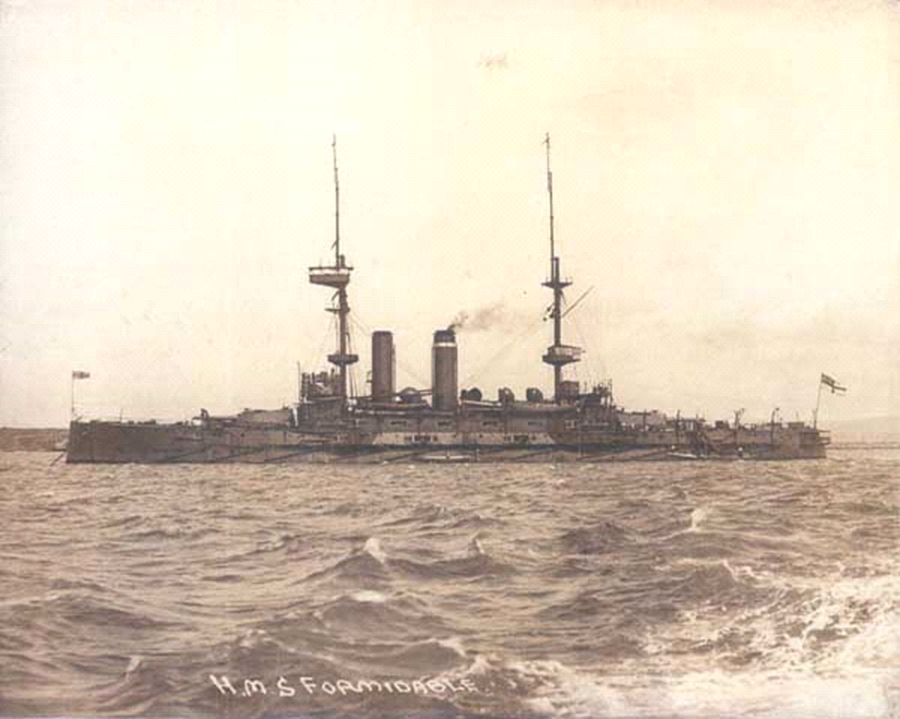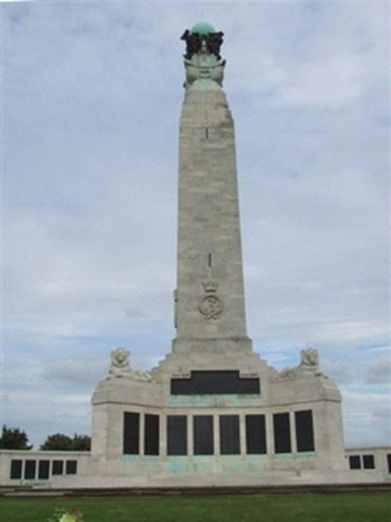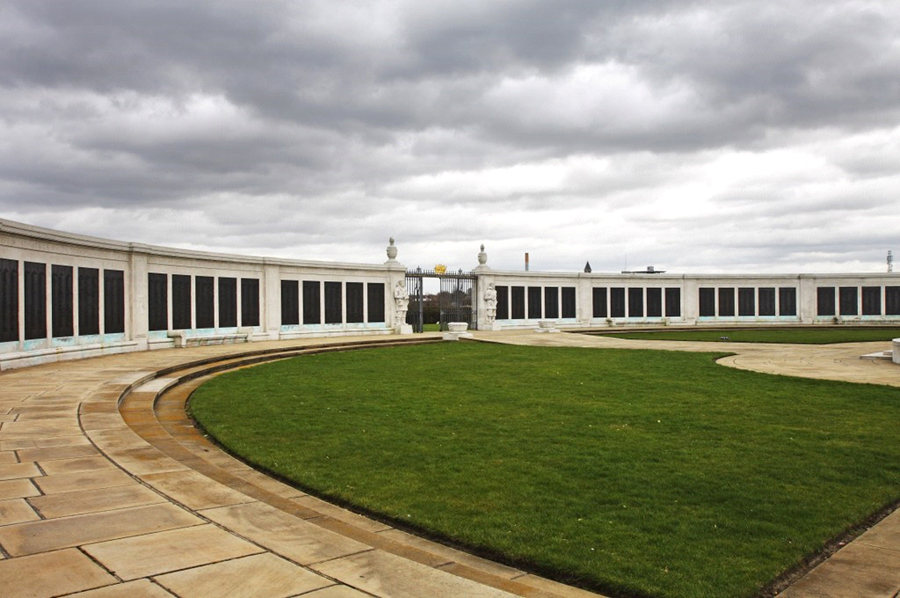HENRY GEORGE BIDDLECOMBE
Ship's Cook, 1st Class (Officer's Steward), M4761, Chatham
Killed in Action, 1 January 1915, aged 24
Serving on HMS Formidable when it was sunk by enemy action in the English Channel
HMS Formidable
(Click to enlarge)
Henry Biddlecombe (also sometimes known as Harry) was born on 17 November 1890 in Forest Row to his parents Joseph and Mary Ann. He was baptised on the 8 February 1891. In the 1901 census the family was recorded as living at Oast Houses, Forest Row (now Oast House, Lower Road). Joseph was a bricklayer's labourer aged 33 born on the Isle of Wight. Mary was a 34-year-old laundress. Henry had three brothers, William, Walter and Alfred. In the 1911 census Henry is listed in the return for the Royal Naval barracks at Chatham. At that time his occupation was recorded as an officer's steward. He was then 18 or 19 and was one of 40 young men at the barracks training as a naval steward. The next names on the census return are listed as 'boy servant' and are all 17 or under.
In the Royal Naval Register of Seamen's Service, Henry's first service date is 17 March 1911 on the ship Pembroke. He served on several ships, finishing on the Pembroke on 30 June 1912. He was signed on with the Navy for another 12 years and was transferred to HMS Formidable. At this time he was 5 feet 4 inches tall with a 34 inch chest, brown hair,hazel eyes and a fresh complexion.
Henry was serving aboard the battleship HMS Formidable when it was sunk by a German submarine in the English Channel on 1 January 1915. HMS Formidable was a pre-Dreadnought style battleship of some 15,000 tons, launched in 1898 and based at Sheerness, Kent. Through December 1914 German submarines were increasingly active along the Channel and, despite clear warnings, HMS Formidable continued to patrol Channel waters. Early on New Year's Day 1915 HMS Formidable was sunk by two torpedoes from a German submarine (U24) off Start Point, Devon, some 30 miles from the coast. Over 500 of the crew, including Henry, were lost.
Report of the sinking of HMS Formidable
in the Boston Evening Globe
(Click to enlarge)
The Formidable was the second Royal Navy battleship to be sunk by enemy action. Its loss was reported on the front page of an American newspaper, the Boston Evening Globe. This report is particularly interesting as the USA did not enter the war until 1917.
The crew who were killed in action that day went down with the ship and were therefore recorded as 'buried at sea' or 'body not recovered for burial'. 484 of them are commemorated on the Chatham Naval Memorial; Henry Biddlecombe is on Panel 12. (The names on the memorial are also recorded in the UK Royal Navy and Royal Marine War Graves Roll, 1914-1919).
The Royal Naval Memorial, Chatham
(Click to enlarge)
The Admiralty commissioned the three main naval manning ports (Chatham, Plymouth and Portsmouth) after the war each to have an outstanding feature as a memorial or obelisk to act as a marker for shipping at sea. The Chatham Naval Memorial was erected as "...a memorial to the naval ranks and ratings of the Empire who fell in the Great War and have no other grave than the sea." It was unveiled on 26 April 1924 by the Prince of Wales, later King Edward VIII. The memorial was extended after World War II, being unveiled by the Duke of Edinburgh on 15 October 1952. The memorial now commemorates some 18,625 casualties, 8,517 coming from the First World War.
Henry Biddlecombe was awarded the Star, Victory and British War Medals. The Allied Victory Medal was awarded to those serving in any operational theatre of war from 5 August 1914 to 11 November 1918. The British War Medal was awarded on the same basis but also applied to civilians. The 1914-1915 Star was awarded to those serving in any theatre between 5 August 1914 and 31 December 1915.
The entry in the Book of Remembrance in Holy Trinity Church is signed by Henry's father Joseph and his mother, Mary Ann, resident at Spring Meadow in Forest Row.
Kevin Tillett
3 January 2015
Updated 27 July 2019





